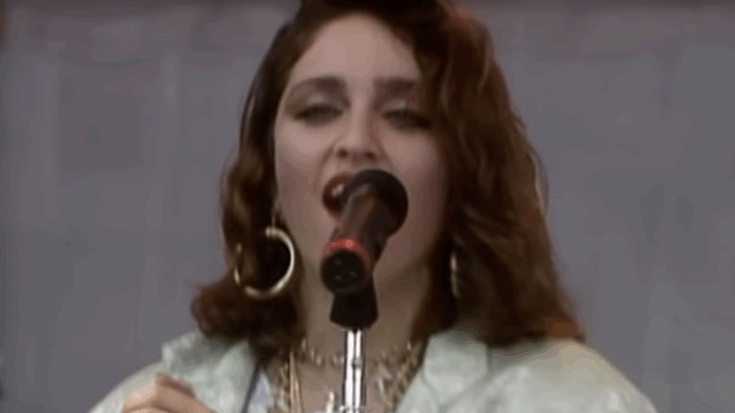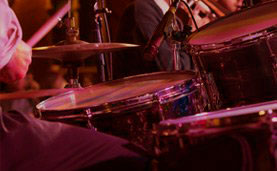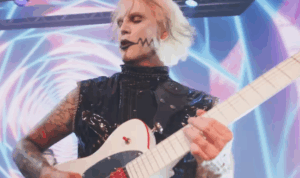Ozzy Osbourne and Madonna Recorded a Secret ’80s Duet

via Live Aid / YouTube
Stories about lost recordings tend to surface in strange ways, and this one came straight from Ozzy Osbourne’s own sons. During a casual conversation on Jack Osbourne’s YouTube channel, they revealed that their father once recorded a duet with Madonna in the early ’80s—long before she became the global figure who dominated pop culture. The collaboration wasn’t just unexpected; it was so deeply buried in label politics and timing that most fans never even knew it happened.
The track was originally written for Madonna and the experimental pop group Was (Not Was). Ozzy joined the project at a point when everyone involved assumed the arrangement would move forward. Then Madonna’s rapid ascent changed the equation. When she declined to approve her vocals for release, the recording was shelved and reimagined, leaving the original version to collect dust for years.
By the time the dust settled, Kim Basinger stepped in to re-record Madonna’s parts, and the song moved forward without acknowledging Ozzy’s presence. The final version appeared on Was (Not Was)’s 1983 album Born to Laugh at Tornadoes, quietly hiding one of the strangest team-ups of the decade.
Madonna Pulls Out, Leading to a Hollywood Replacement
Madonna’s decision not to approve her vocals is the turning point that shaped everything that followed. At the time, she was still building her identity as an artist, trying to define how she wanted to present herself. Allowing her vocals to appear on an unusual, outsider-driven track may have clashed with the direction she was carving out. According to reports, she simply walked away and left the label with a problem.
Was (Not Was), known for unpredictable collaborations and a willingness to mix genres, scrambled to fill the gap. Their solution was bold but very much in line with their spirit: bring in rising Hollywood star Kim Basinger. She was in the middle of a breakout moment, and the idea of turning her into a pop presence felt like a risk the producers were willing to take.
The end result was a song released under Was (Not Was) and Kim Basinger’s names—without mentioning Ozzy at all. Jack Osbourne later commented that the decision to bury his father’s credit was confusing, but it reflected how labels often prioritized marketable names over musical authenticity.
Ozzy’s Vocals Were There All Along, Just Not Publicized
While fans never saw Ozzy’s name on the official release, his vocals never went anywhere. They remained on the track, weaving through the mix, but the marketing conveniently ignored his role. This created a decades-long gap where listeners enjoyed the song without knowing one of metal’s most recognizable voices was part of it.
The overlooked credit became a footnote in Ozzy’s career, one that only surfaced because his sons brought it up. In hindsight, it’s a strange situation: a major rock star contributes to a commercial release but gets treated almost like an anonymous session singer. The decision wasn’t personal—it was strategic, designed to boost the single’s marketability by focusing on Basinger’s Hollywood fame.
Even with the limited push, “Shake Your Head (Let’s Go to Bed)” developed a cult following. Its odd combination of styles and the unexpected involvement of a movie star made it memorable, even without the knowledge that the Prince of Darkness was hidden in the mix.
The Original Madonna–Ozzy Version Finally Surfaces
The story took a new turn in the early ’90s when producer Don Was rediscovered the original tapes. Rather than letting them fade into history, he experimented with a remix that blended Ozzy’s vocals with Madonna’s long-shelved performance. For the first time, the world could hear the duet the way it was originally intended.
This revived version appeared on Now Dance 92, surprising fans who had no idea such a pairing could even exist. The track spread quietly but steadily, eventually becoming a prized curiosity among collectors and music historians. Online uploads helped cement its reputation as one of the most unusual and fascinating cross-genre collaborations of the 1980s.
Today, the duet stands as a reminder of how unpredictable the music industry can be. A simple scheduling and approval issue turned what should’ve been a standard release into a decades-long mystery. Yet the final result—a rare blend of Ozzy’s growl and Madonna’s early pop tone—offers a glimpse into a musical moment that almost disappeared completely.













